Personally, I thought the Colca Canyon was one of the most beautiful areas I’ve seen in Latin America. The Colca Canyon is the second deepest canyon of the Americas. If you think that the Grand Canyon is impressive, brace yourself for the views of Colca Canyon, since this Peruvian counterpart is nearly twice as deep.
Nestled in the Andean highlands of Peru nearby Arequipa, the area still feels quite unexplored. Trekking is the best way for sure to explore the depth and beauty of the area.
I loved our hike. In fact, I think it was even more pristine and gorgeous than our trekking around the Salkantay mountain in the Cusco region. And that was already a drop-dead gorgeous hike.
What’s also very nice about hiking the Colca Canyon is that you need very little money! There’s no need for a guide. All you need is just a little nudge out of the door :).
I already published my best photos of Colca Canyon a while ago – and the awesome drone video made by my hubby, but now I like to tell you all about how we arranged our trekking in this article.
But let’s start with some questions first!
So why not just go to Colca Canyon as a day trip from Arequipa?
Many operators offer day trips from Arequipa to the Colca Canyon. Honestly I don’t know how they do it, time-wise I mean. As the road towards the canyon is really, really long and crosses very high altitudes (4800 meter), I was so tired after just travelling to Cabanaconde on one day, that I can’t imagine going back on the same day to Arequipa. The drive also took way much longer than we expected and was announced, which isn’t unusual in Latin America as you might know.
I guess the tour operators go to the condor point before they return to Arequipa. Although the condor point indeed is nice – because you get up close with .. condors, for us this was just a nice bonus in the area after the trekking.
Also, since the tour operators leave around 3 am in the morning and drive back in the dark too you might also miss a beautiful part of the road. So all in all; you won’t have the full experience of the canyon + it’s expensive + going back on the same day seems like madness as you can’t really enjoy the road.
So if you have only one day, do yourself a favour and skip the Colca Canyon. You need a bit of time (I’d say at least two days, but preferably 3 or 4) to do the region justice.
Also, why shouldn’t I go on an pre-arranged trekking?
It’s also possible to book a multi-day trekking to the Colca Canyon in Arequipa. But again, you shouldn’t opt for this one. As the canyon is relatively easy to hike yourself, save yourself some money. Don’t be afraid, the canyon is safe (at least during our visit in April 2018) and the roads are easy to find.
If you are on your own out there, it’s really easy to find hiking partners in Cabanaconde in the hostels (more about that later). I would recommend that to be honest. Just because it’s always better to hike with someone else rather than alone.
I sincerely believe it’s way more fun arranging the trip yourself. We encountered a couple of girls who went on a pre-arranged trekking and really disliked in the end that they lost so much money because of it. Plus they didn’t really have a connection with the guide. He was just walking in front of them without really explaining anything about the environment or so.
Moreover, just take into account that someone else decides everything for you: where you go, where you sleep and how late you get out of bed.
So how to arrange the trekking yourself then?
Of course you need to come prepared. As there’s little to buy in the canyon, you should bring enough snacks, cash (there’s no bank in Cabanaconde) a good water filter, sturdy shoes, sun screen, swimming gear, a towel, clothes for both super warm and super cold weather, a first aid kit, and whatever else you usually bring on a hike.
Also, you need to buy a ‘tourist ticket’ / ‘boleto turistico’ for both the valley and condor point. It lasts one week and costs 70 SOL / $25,- USD. It’s kind of ridiculous, but there’s a fat chance you run into someone who says you need it. No worries, you can buy the ticket on the spot.
We encountered a guy ourselves at the beginning of the trailhead in Cabanaconde. You’ll need your passport or any form of ID upon purchase, so bring that along the hike. Also, at Condor Point there might be someone checking/selling them. So in case you already bought the ticket, keep it with you and don’t throw it out. You don’t want to pay that stuff twice!
How much time do you need?
That depends on how much you want to hike! Count 3 days for the bare minimum if you’re an avid hiker. We allowed ourselves 4 days for the Colca Canyon adventure: 1 day to get from Arequipa to Cabanaconde – 2 days for hiking – and one for the return to Puno via Condor Point and Chivay.
Cabanaconde is a small city (located at an altitude of 2 miles / 3300 meters), perched on the edge of the Colca Canyon and really the best place to start any of the hikes.
In hindsight I wished we had 1 more day for the hike, as I really loved the canyon. In here I’ll tell you what trails we hiked. If you want to learn more about the possible trails in the Colca Canyon, the website of the hostel Pachama is thé go to spot. The owner of the hostel tells quite an honest story about the trekking possibilities in here I think. I can’t top that off. Also, he’s probably one of the first ones that mapped the entire area for the purpose of tourism.
Anyway, here’s our recommended itinerary and story for 2 – 3 days of hiking!
Day 1: The bus from Arequipa – Chivay – Cabanaconde
This is a day full of bus rides – unfortunately. But the good news is … the road is absolutely gorgeous!
Here you can find the time table of when the buses leave in Arequipa + the prices.
We wanted to take the bus of 9:30, but it was already sold out if I remember correctly. That said, make sure to be at the bus station at least an hour in advance if you want to purchase the tickets last-minute. No matter what they tell you in your hostel (dammit!), you have to be there in time.
Unfortunately we had a lot of traffic. We took the bus of 11 am, but with all of the delay we arrived in Cabanaconde in the dark. I think it was something like 8 hours in the bus, rather than the 5,5 hours that it was supposed to be.
But, this is what we encountered along the way on the Alitplano! ↓ Almost unreal right?!
Yes even a museum, lucky us ↓
After this long, long ride we received a warm welcome at Hostel Pachamama! Pachamama (translated more or less like ‘Mother Earth’ )is basically thé ultimate backpackers or hikers hostel in Cabanaconde. The staff is friendly, the food is warm and comforting, the fireplace is lit, the vibe cosy, the prices are right and they know EVERYTHING about hiking the canyon in here.
If you have any additional questions right before you hike out, just ask them in here. I’m quite certain they will help you out with anything.
Day 2: Hike from Cabanaconde to Llahuar
Cabanaconde looked so much friendlier in the sunny, early morning, compared to its dark and foggy views upon arrival ↓
We set out early from Pachamama, left our backpacks behind, bought our last snacks and set out for our first stop along the canyon: Llahuar! Llahuar itself is nothing more than two ‘hotels’ (just very basic cabins and rooms really) alongside the river, but it was the journeys that counted today, not the destination.
At the beginning of the trailhead, mister ‘boleto turistico’ was waiting for us in here ↓. So we bought our ticket with him and set out to the canyon.
This hike was absolutely stunning. It took us some 4 – 5 hours to reach Llahuar (6.5 miles / 10,5 km) and that was mainly because we stopped so often.
Steep views into the canyon, condors soaring over our heads, banks of mist crawling over the edges and wildflowers everywhere: it’s difficult not to appreciate its beauty.
I personally thought this was the most beautiful trail we hiked during our visit in the canyon.
Most of the time we had been descending, but especially the last part towards this bridge ↓ was a pretty steep hike down. With a lot of gear on your back this might be bad for the knees, so bring your walking poles if you have them.
From the bridge it was another hour to Llahuar, via this road at the bottom of the canyon along the river ↓
And then we finally made it to Llahuar!
In Llahuar there are two options for staying. One is the Llahuar Lodge, which apparently you can know even prebook via Booking. At the time of our visit (April 2018), we just showed up without booking in advance.
The huts are pretty basic (comparable to alpine mountain huts), the facilities are shared and the dinner at night was absolutely horrible. Nevertheless, they have some awesome hot springs in here, so if you can withstand the rest, a stay in here would still be worth it in my opinion. Bring good snacks! Or noodles or something. So the word ‘lodge’ in here is quite misleading.
Although they told us at the lodge that there was no other lodging, it’s also possible to stay at next doors Casa de Virginia. This one you can apparently also book nowadays at Booking! Casa de Virginia looked more idillic, but was closed at the time of our visit.
So we had to chose the Llahuar Lodge indeed anyway.
But as you can see, I didn’t really mind.
Day 3: Hike from Llahuar to Sangalle + to Cabanaconde
Next day we woke up, with a surprisingly decent breakfast (pancakes!) at the Llahuar Lodge and another ‘wake-up dip’ in the hot springs. If you’re a real daredevil you can also plunge into the icy cold river. That REALLY wakes you up. Only do so if you think you won’t get a heart attack.
Next we set out again on the road.
This was a though day of hiking. With a long break in between we hiked some 7 to 8 hours on this day and most of it was up.
Personally, if I had to do it again I’d break this day in two. One day for the hike from Llahuar to Sangalle. Plus another one for the very steep hike up from Sangalle to Cabanaconde.
We didn’t plan it to be this way though.
Because there’s a bus every hour all the way from Turuña (a super small town next to Llahuar) up towards the Mirador de Apacheta, we planned to take this one in the early morning rather than hiking it all up ourselves. From the mirador (‘which means viewpoint’ by the way in Spanish), it’s more or less another 90 minutes down towards Sangalle.
Unfortunately, on the day we left the small town of Belén had planned a strike. The people over there were angry that they didn’t get any of the money received from the tourist influx, even though they are a part of the canyon. As their electricity had been cut off, they had decided to shut off the entire road as an action of revenge.
Since the bus didn’t show up due of that strike we hiked ourselves all the way up to the village.
Luckily, we could catch a ride from Belén – hurray! We were dropped close to the Mirador, where the trailhead towards Sangalle started. Stepping out of the car we could get our first glimpse on Sangalle.
It’s that little oasis all the down in the valley. ↓ You can also see the steep road we would hike up later on the day.
This hike down was fairly easy and diverse. We walked through a cactus field and along this gorgeous waterfall.
Until we finally reached the oasis of the Colca Canyon. ↓
Sangalle is the most touristy place of the area and the hotels are a bit infamous because of that. Many people say the service over here and the quality of the hotels is very poor.
As we only had lunch here, I thought it was all rather fine. We picked out of of the places (there are a couple of them) with a pool and as we ordered lunch (a very normal Peruvian platter with chicken, fries and veggies) in here were allowed a dive into the refreshing water as well.
If you’re planning on eating here too and hiking up afterwards … don’t eat too much. Take my advice. I saw a guy loading up on fries in here and that didn’t end well for him. Your body will be tested during this fierce climb up and with too much food in your tummy you won’t be thanking yourself for lunch – at all.
The hike up to Sangalle is 2.7 miles / 4.4 km and usually will take 3 to 4 hours. If you have a normal condition.
We were on fíre that day and I even though we already climbed a mountain in the morning we hiked it the entire road in some 2,5 hours. But boy it was though. And bloody hot too on the middle of the day.
I’m starting to sweat again just thinking about that hike.
But we made it! Without using one of those poor mules. After this long day I was super happy to stay in the cosy hostel of Pachamama again that night!
Day 4: Condor point, hot springs, bus to Chivay, bus to Puno
Another transition day, but with some fun stops along the way!
As we were eager to go to Puno and Lake Titicaca we preferred a direct drive over the altiplano to Puno rather than going back to Arequipa again. Although it would cost us more money, at the same time would save us another half a day of travelling in a bumpy bus.
Unfortunately there are no public buses leaving from either Cabanaconde or Chivay to Puno. But there are to other ways of going there.
- The easiest (and most expensive) way is by taking the 4M bus. Pachamama offers a transport service at 9:30 from Cabanaconde to Chivay and helps you to make the connection from Chivay to Puno where the bus departs at 13:00. The trip from Cabanaconde to Chivay is 2 hours and from Chivay to Puno is about 6 hours. Arranged via Pachamama for the price of $50,- USD. Yes, I know it’s a lot…
- You can also take a public bus from Cabanaconde to Pampa Cañahuas (4 hours) and get off the intersection route from Chivay – Puno. Over there you can wait to hop on a bus that arrives from Arequipa and goes one to Puno. These ones come along every hour. It’s way cheaper, but the there’s a risk. Since this is Peru, you never know for sure when the bus will come, plus it’s freezing cold at this high altitude. So put on your jacket and thermo clothes before you start your wait in here. I think these bus rides will cost you something like $15,- USD in total.
We chose the first option. I just didn’t want to risk spending hours in the freezing cold. Although the amount for the bus ride is quite insane, I figured it was the only was for us to prevent some non-pleasant surprises along the road.
Pachamama arranged for us that we would go early in the morning to the Cruz del Condor / the Condor Point. Two hours later we would be picked up again by another bus that would bring us to the next stop: Chivay.
Cruz del Condor is a popular spot in the morning, as it is one of the best places to watch these majestic scavenger birds. We waited for a while for them, without seeing anyone else on the platform, before the birds came gliding in.
They are most active early in the morning from 7 to 10 am. And in the late afternoon again. If you can visit the area in the morning I would recommend that, as the canyon is often foggy in the afternoon, as we experienced.
They came so close, it was just insane. Here you can see five condor chicks with one of their parents ↓
Another joyful thing going on on the edge of Condor Point, where the many vendors.
In the Quechuan villages we can thankfully still be amazed by the colourful and local looks. Unfortunately men stopped wearing their traditional type of clothes, but the women are still dressed with bright layers of polleras (wide skirts made from handwoven wool), embroidered monteras (a traditional hat) and colourful llicllcas (thick capes or shawls). Also check out these gorgeous Quechuan designs.
Afterwards it was only a small ride to the center of Chivay, were we could expect another break before the big bus would bring us to Puno. Luckily we were already able to drop our backpacks and as the bus leaves quite from the middle of town we had some minutes to scope around and to order a sandwich before we took off.
We thought Chivay was quite scenic ↓
There it is from up above ↓
And there we went again, along the Altiplano. The 4M bus was quite comfortable and the landscapes were again, like on the first day, very scenic. With alpacas, llamas and vicuñas all around. ↓
There were three breaks on the road. One at the highest point of the Altiplano (picture 2), the second along a flamingo lake (picture 3) and another one . Local vendors were waiting everywhere for the tourists with their shawls and flutes.
After a beautiful sunset on the Altiplano we finally reached Puno along Lake Titicaca. Dark is was already and again the drive took so much longer than expected, but at least we could stretch our muscles again after these intense days of hiking!
Here’s where to find that canyon! ↓
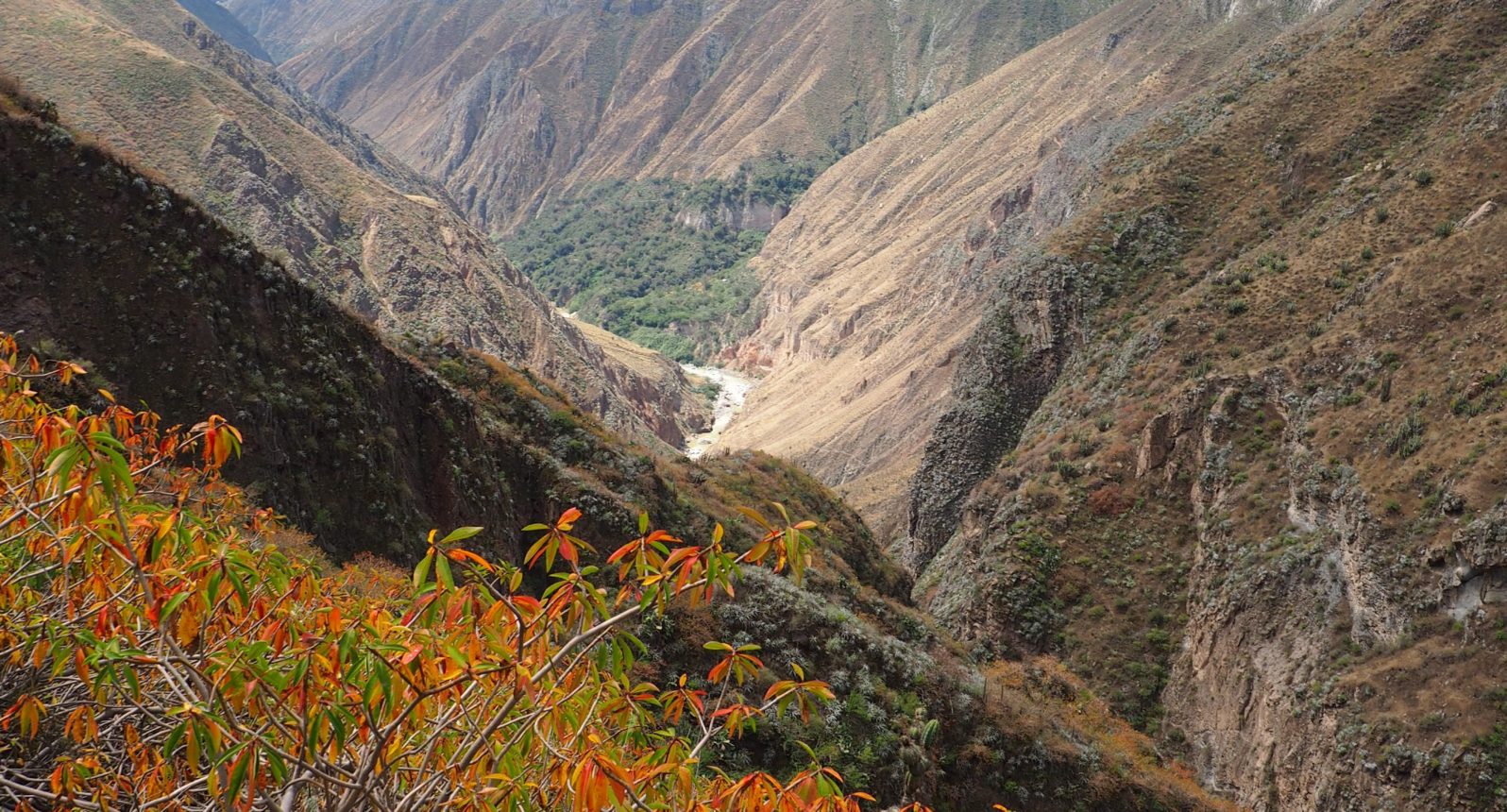
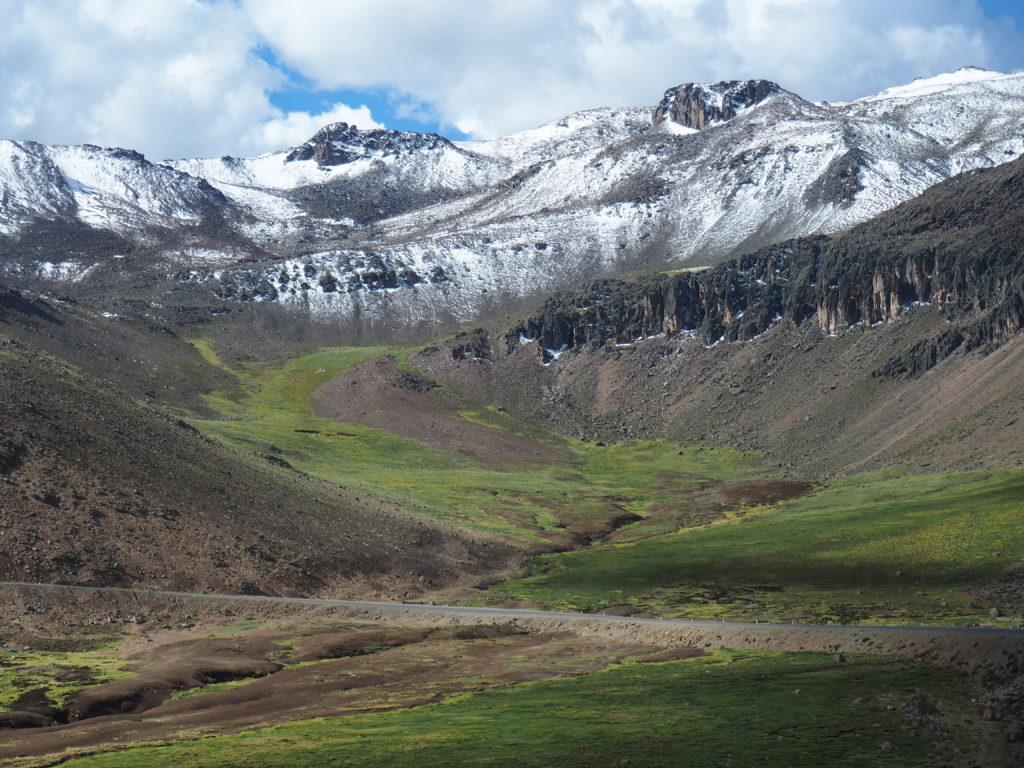
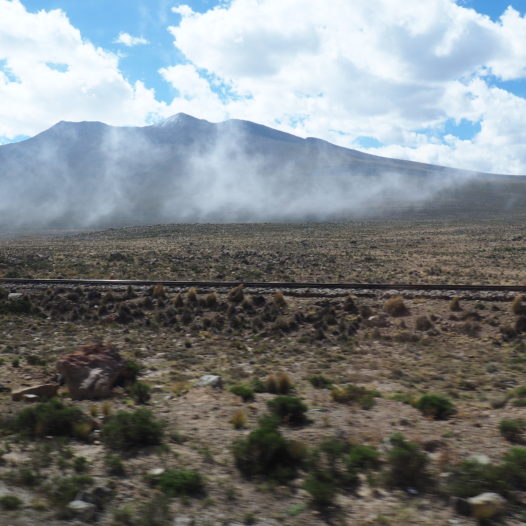
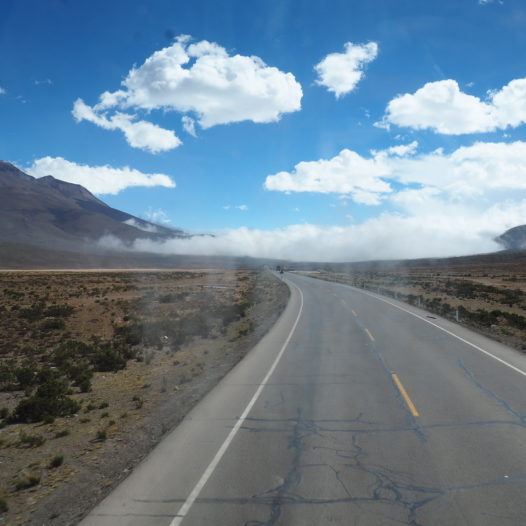
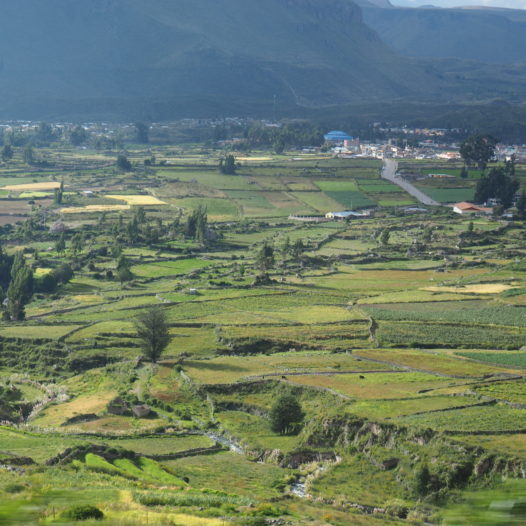
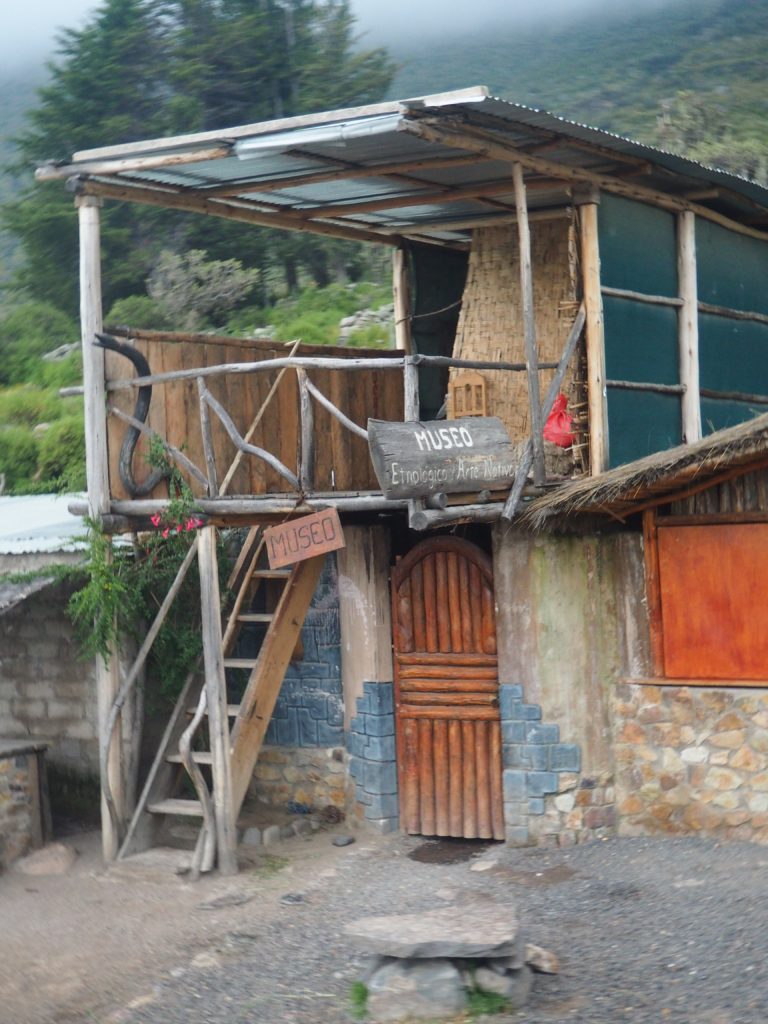
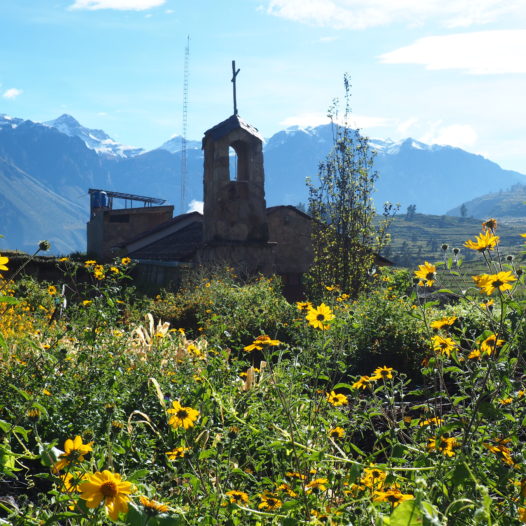
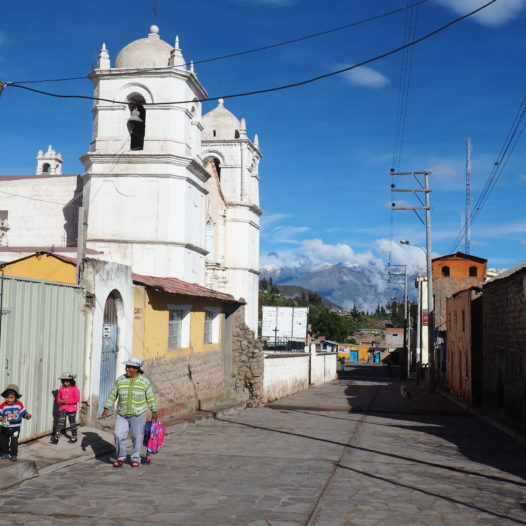
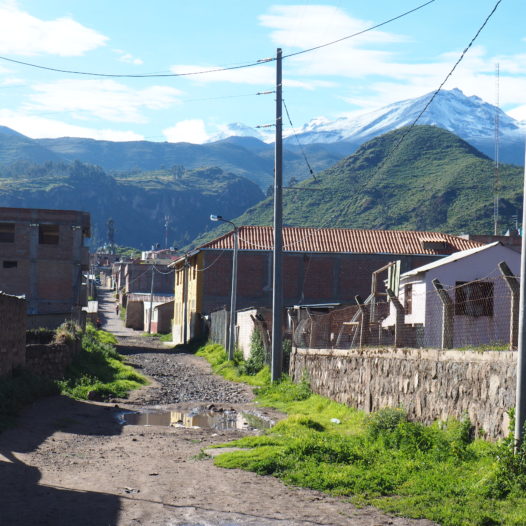
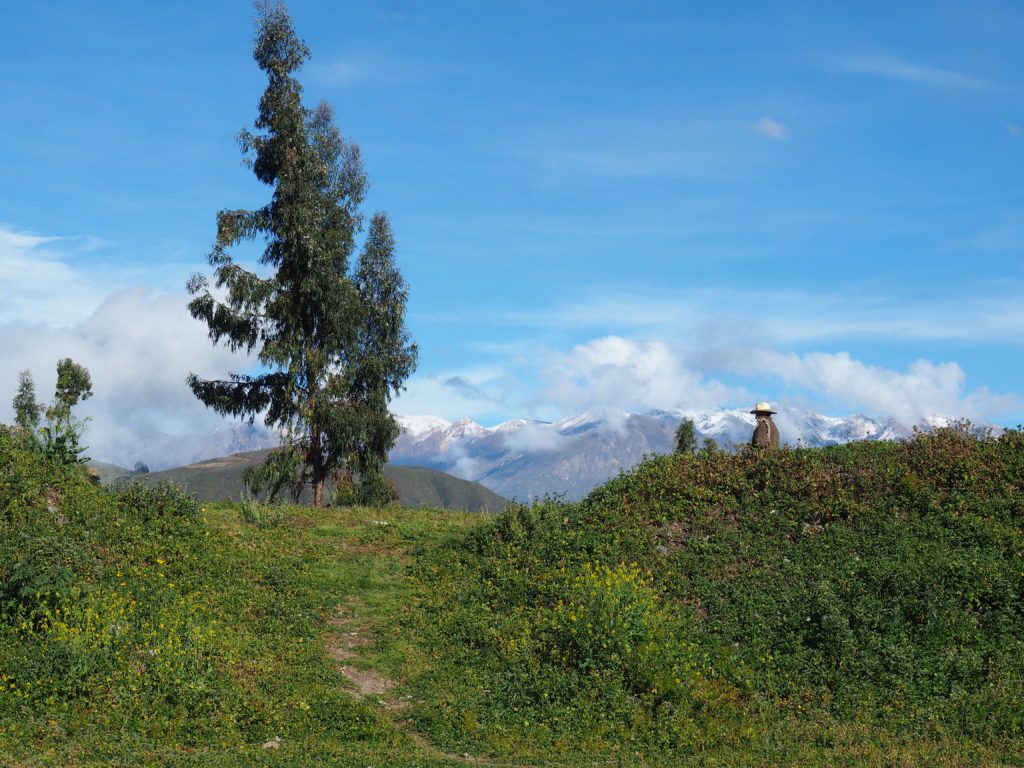
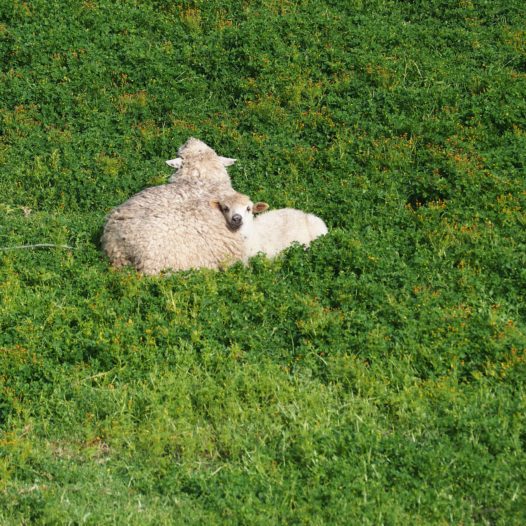
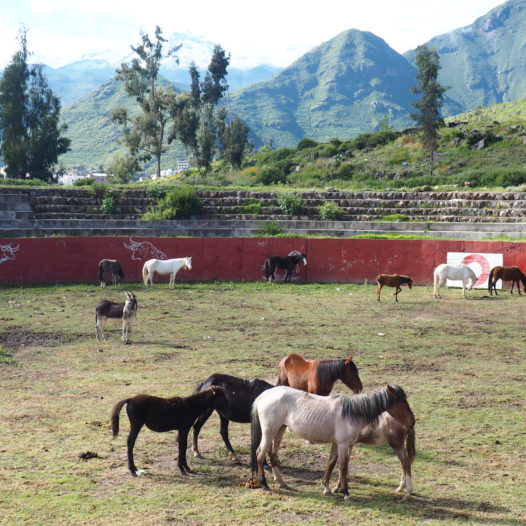
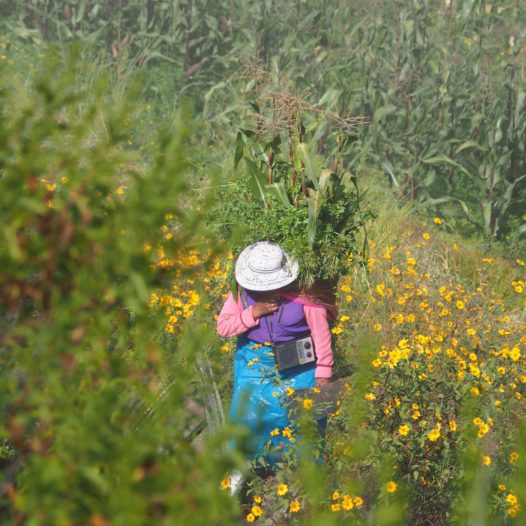
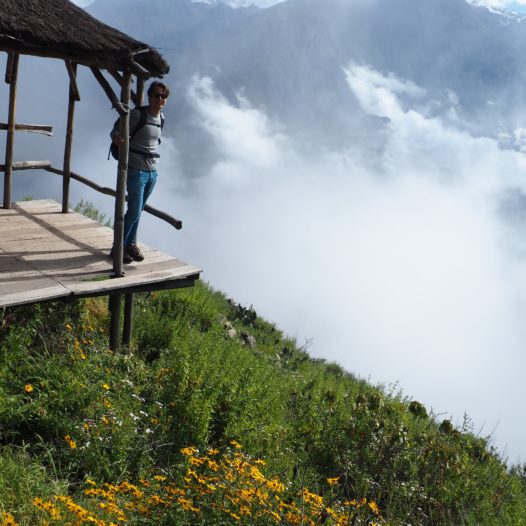
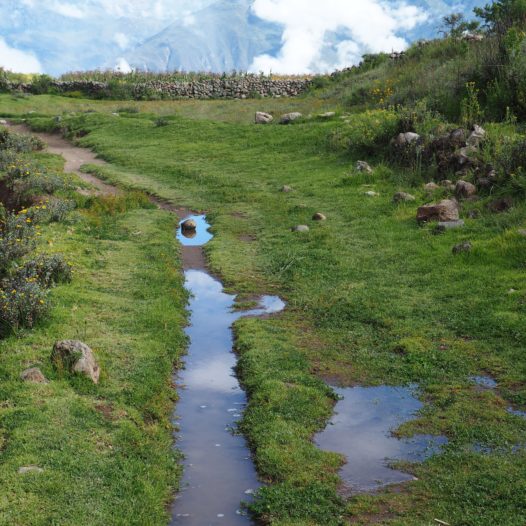
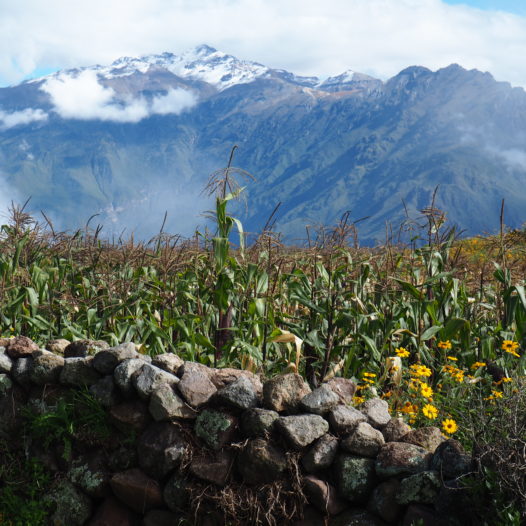
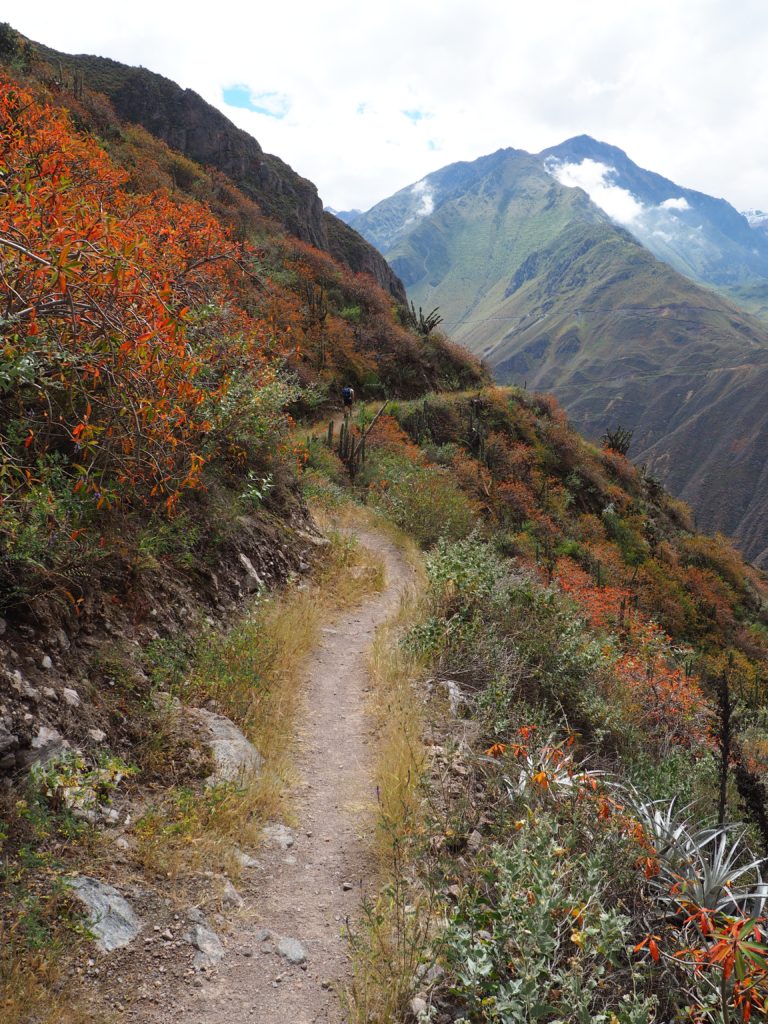
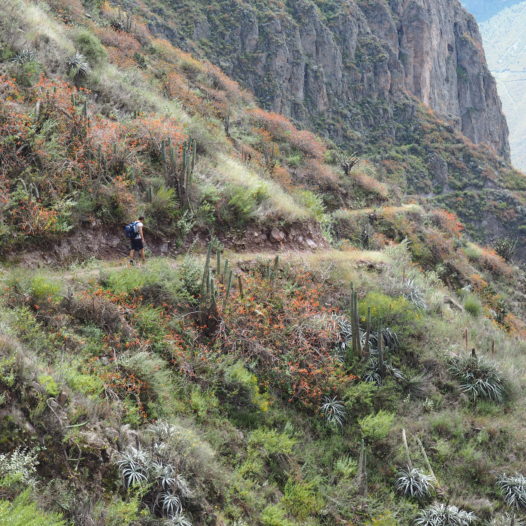
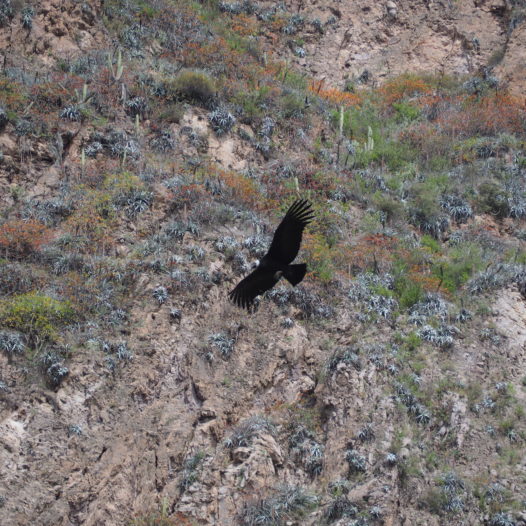
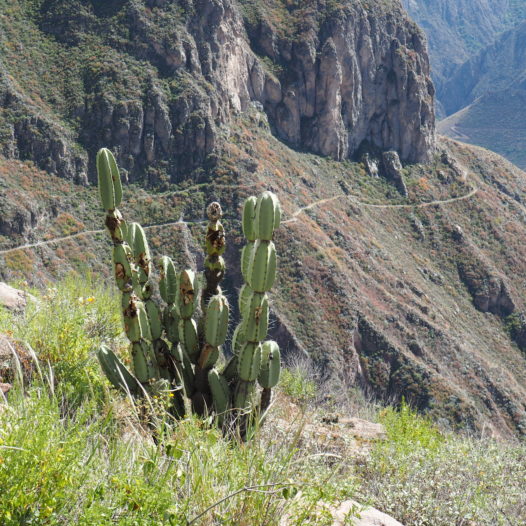
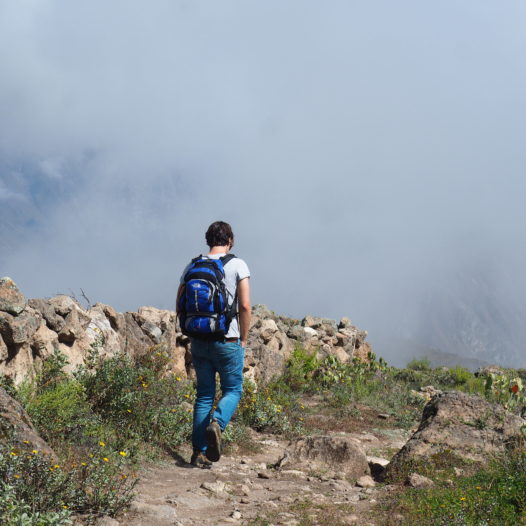
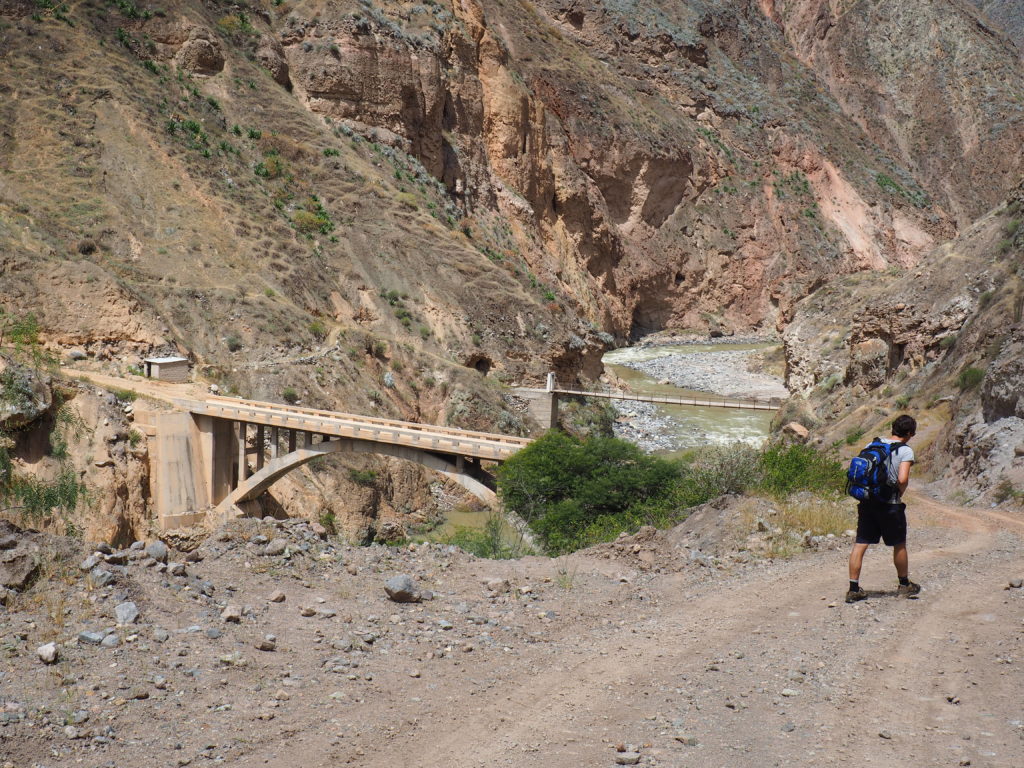
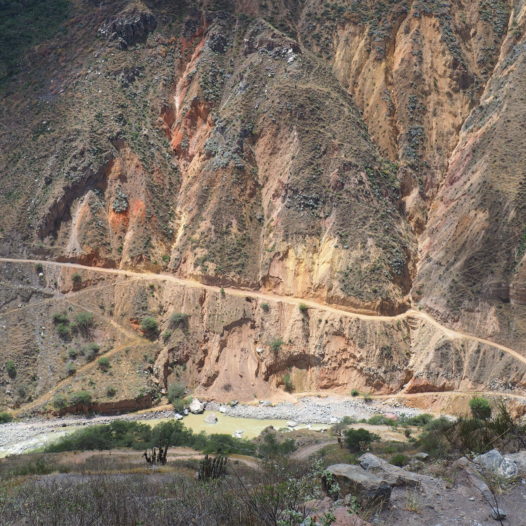
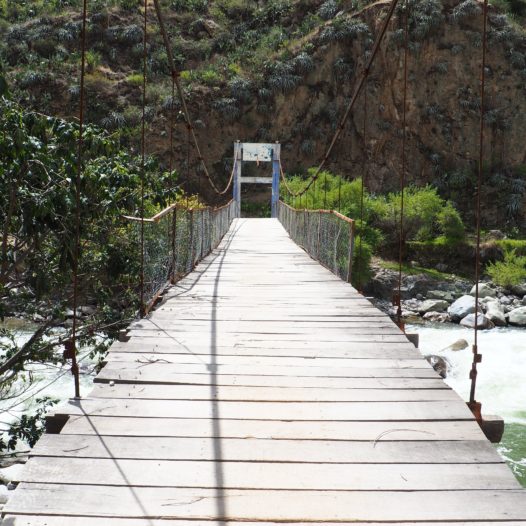
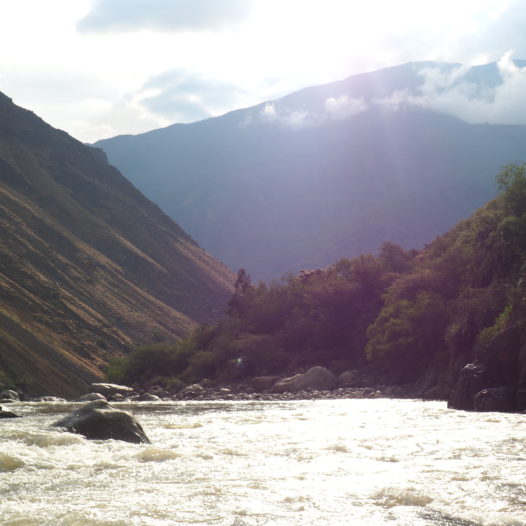
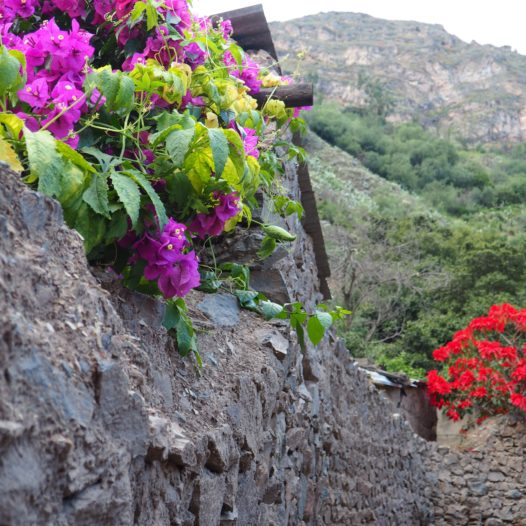
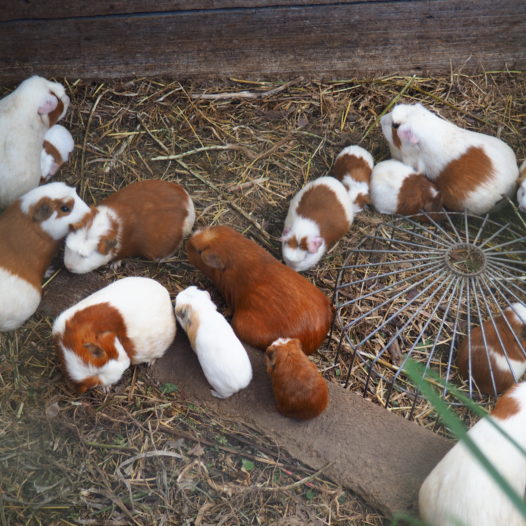
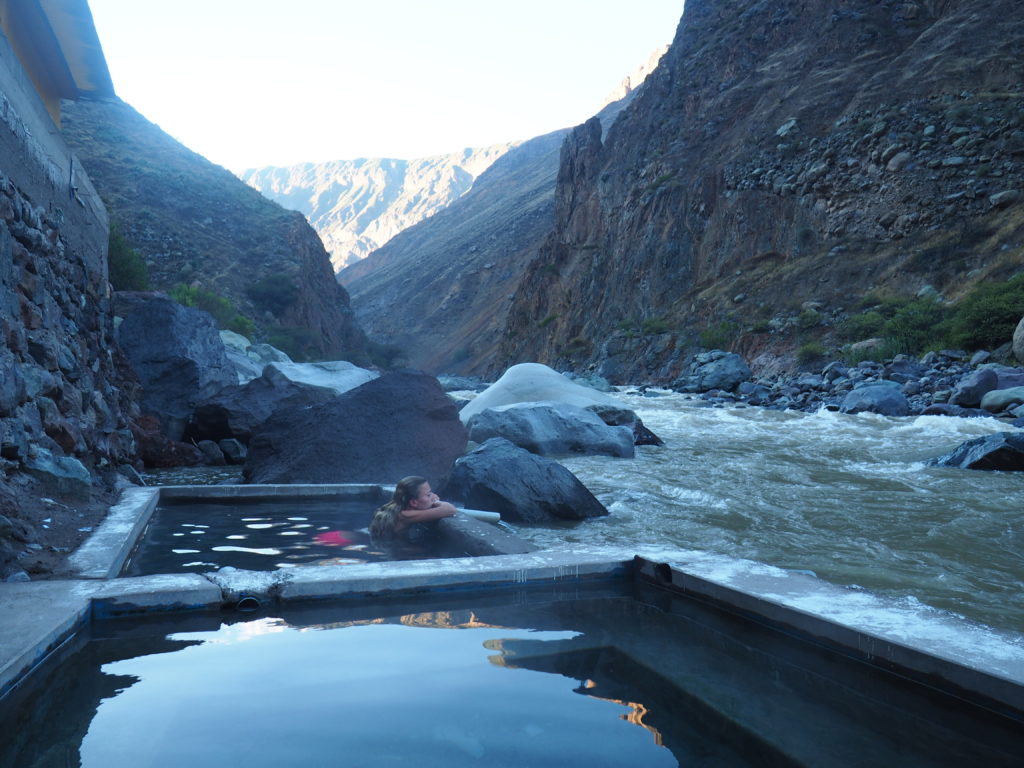
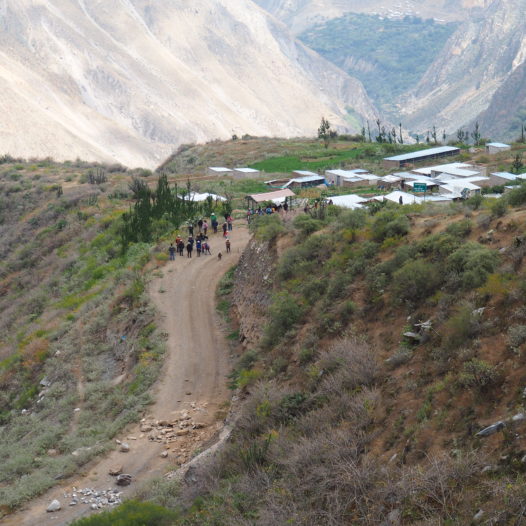
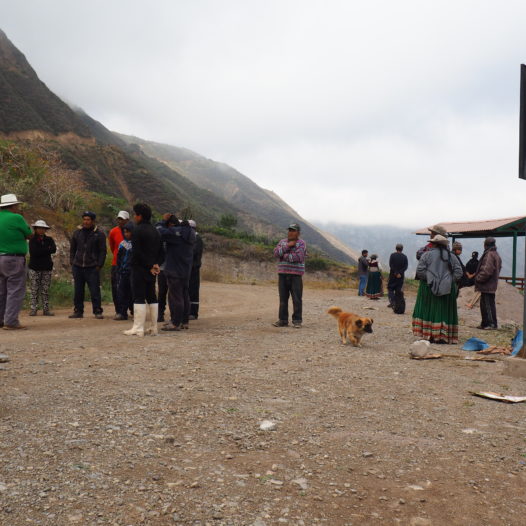
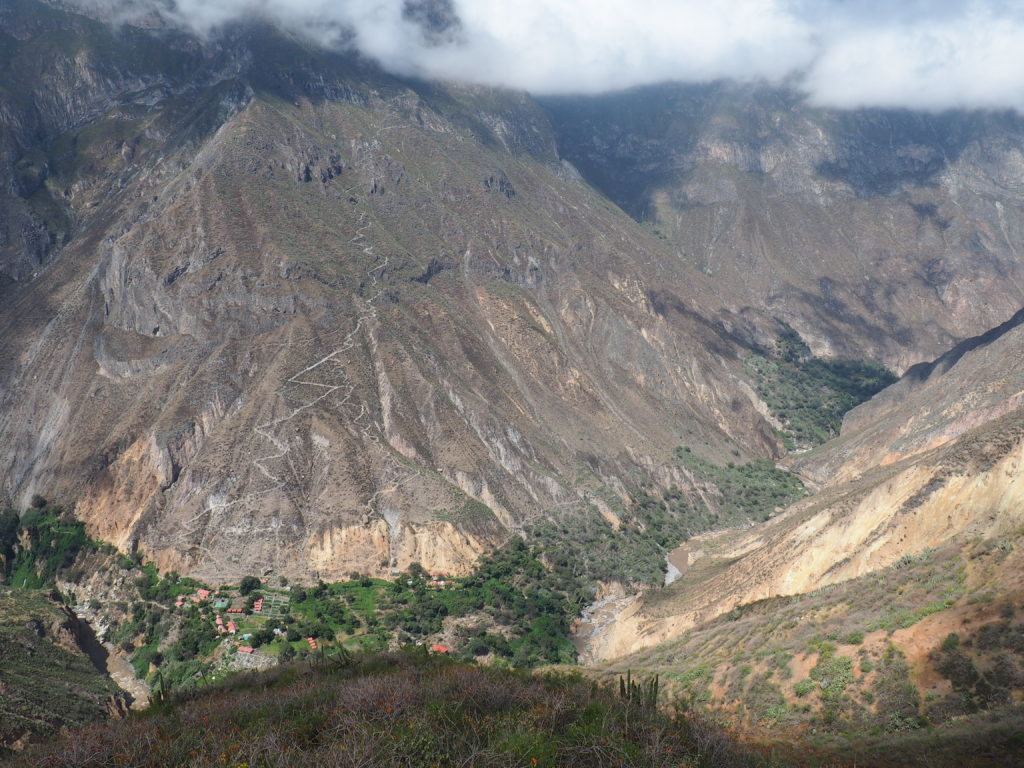
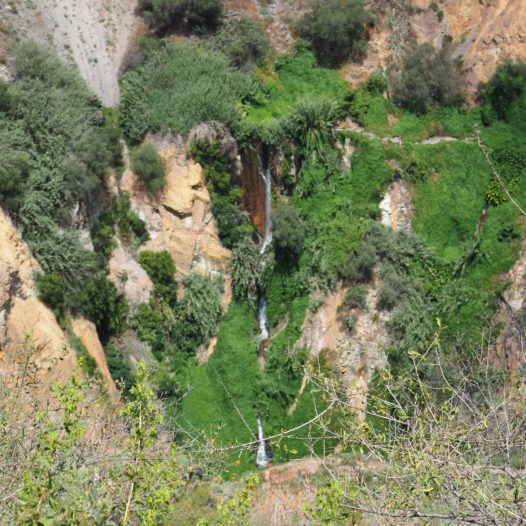
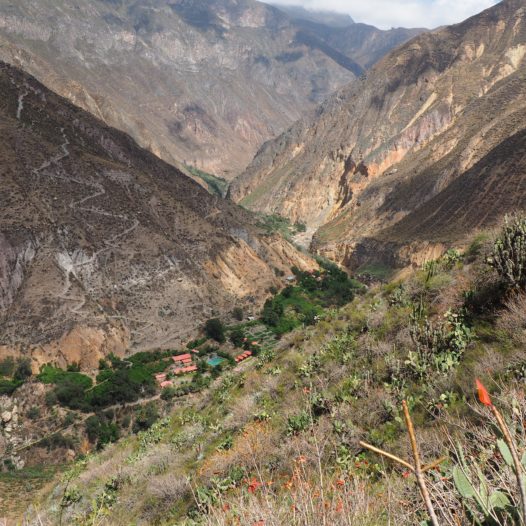
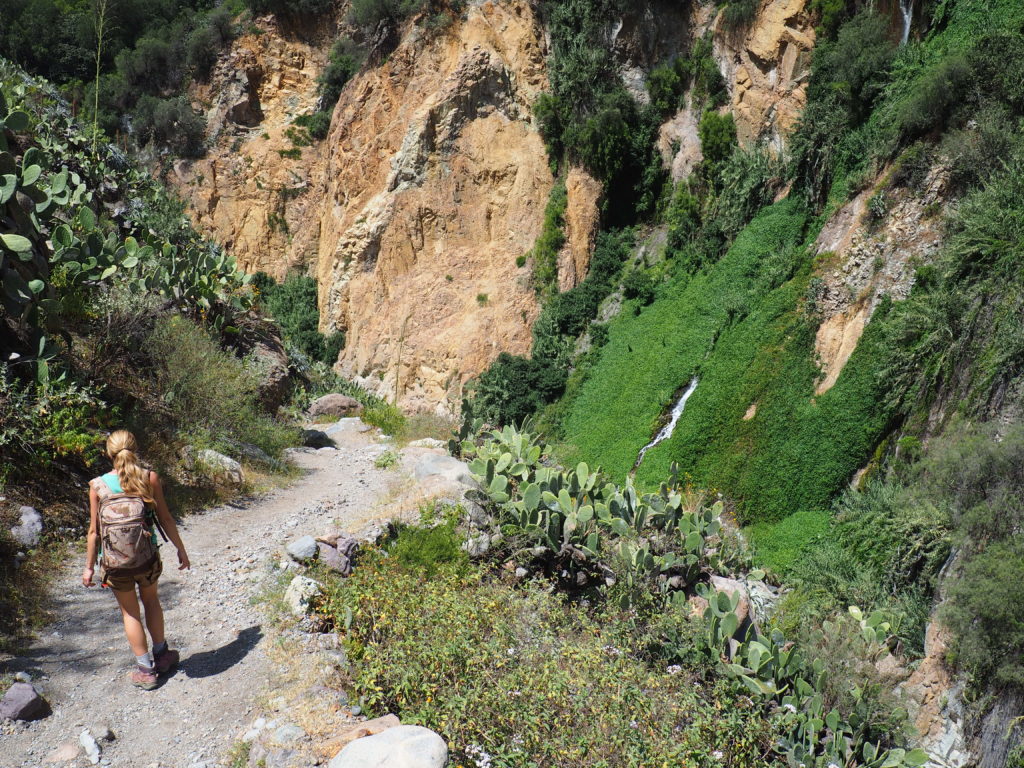
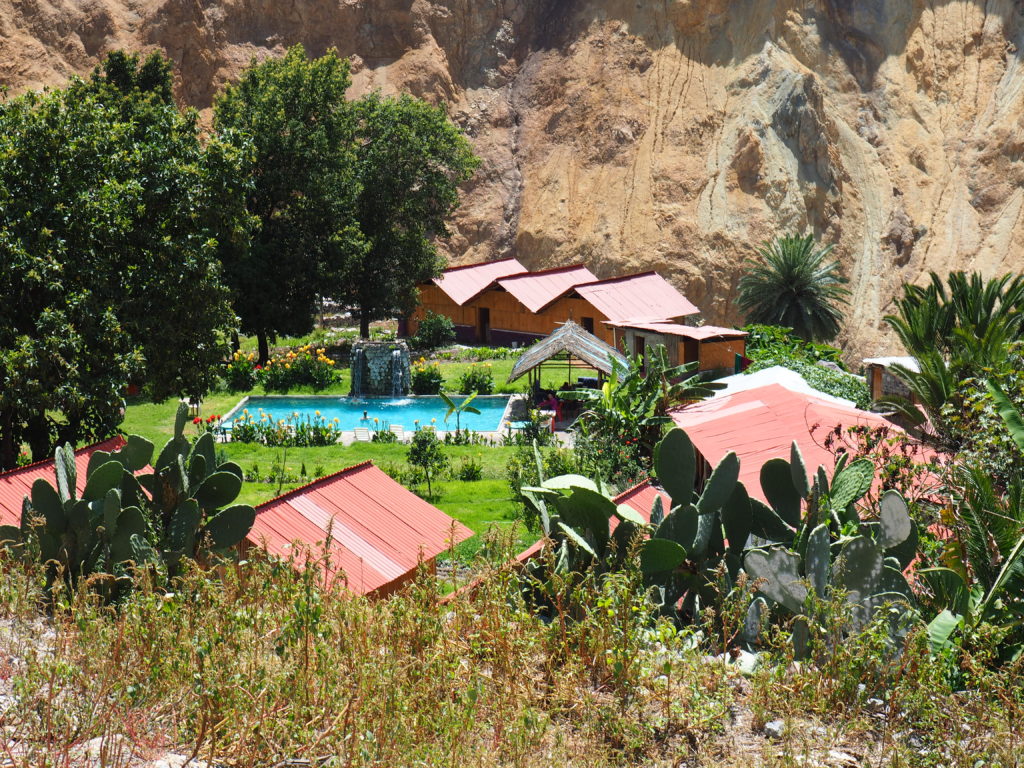
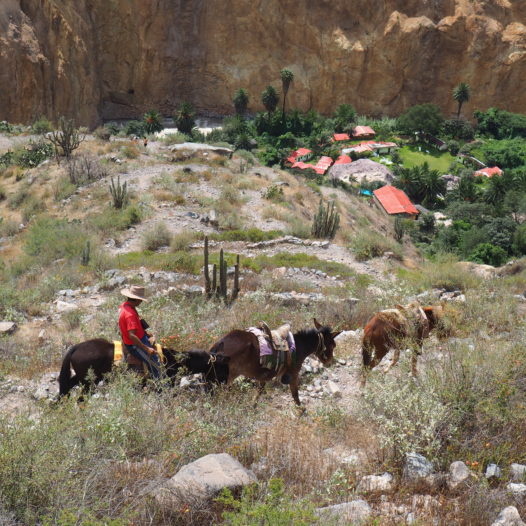
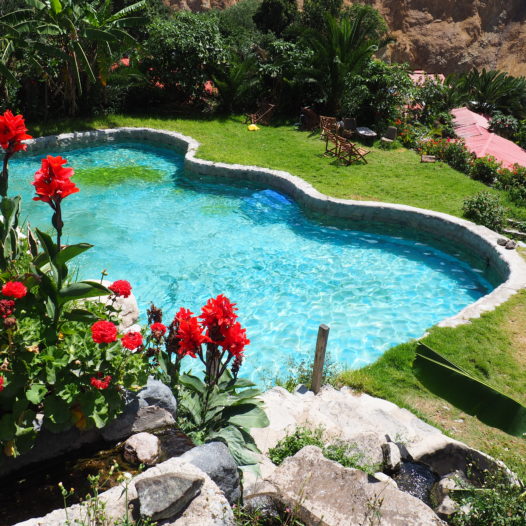
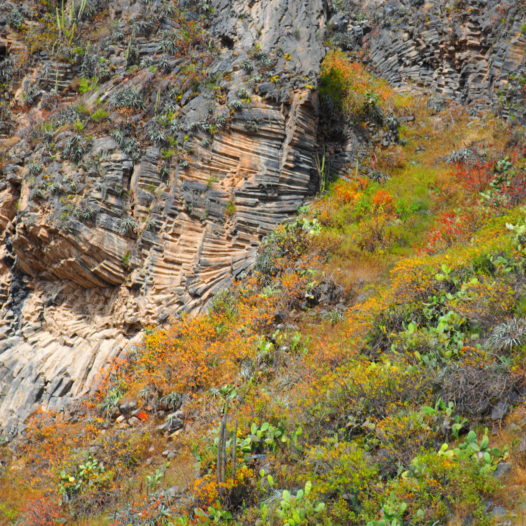
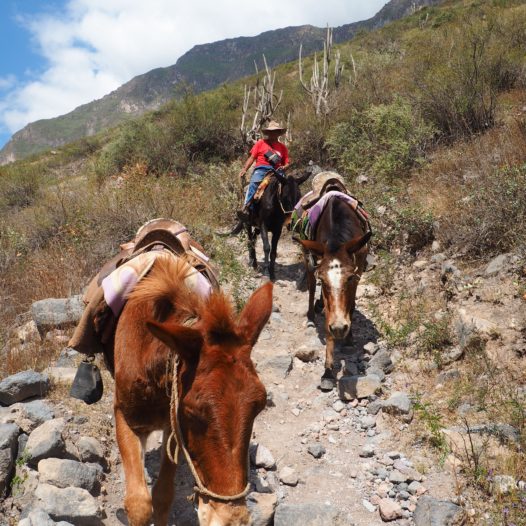
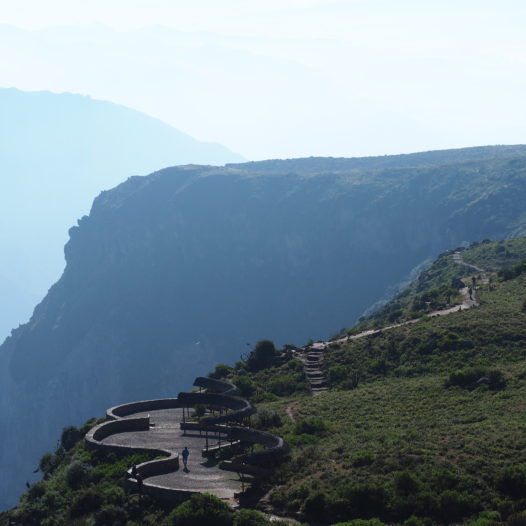
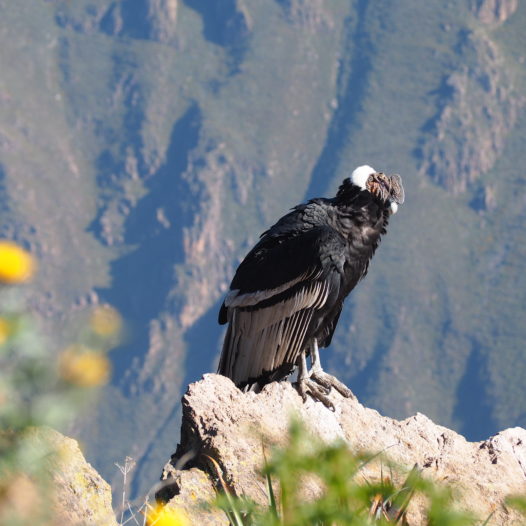
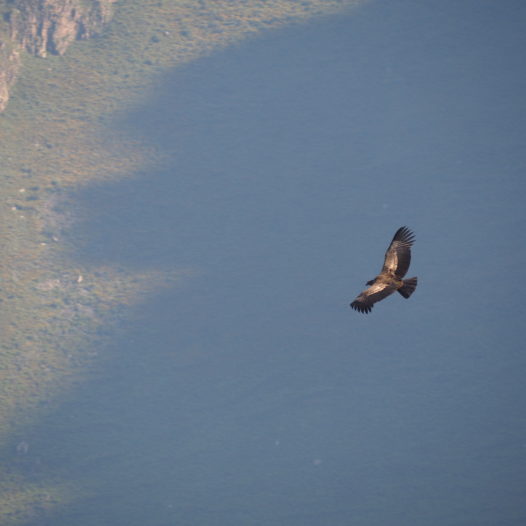
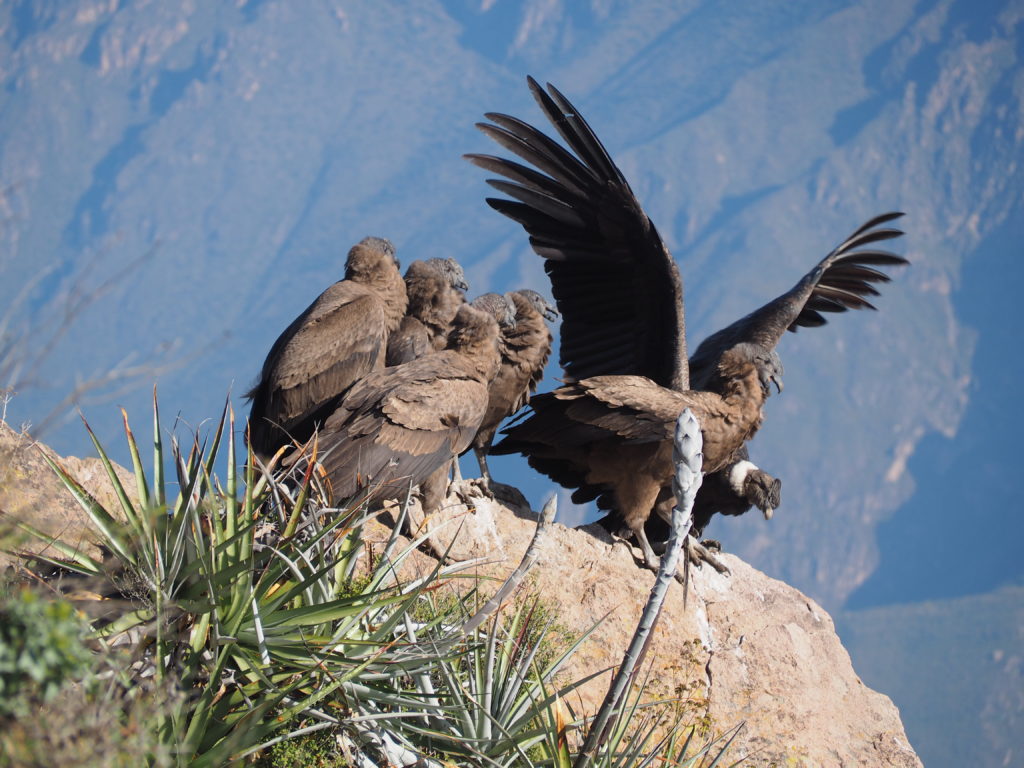
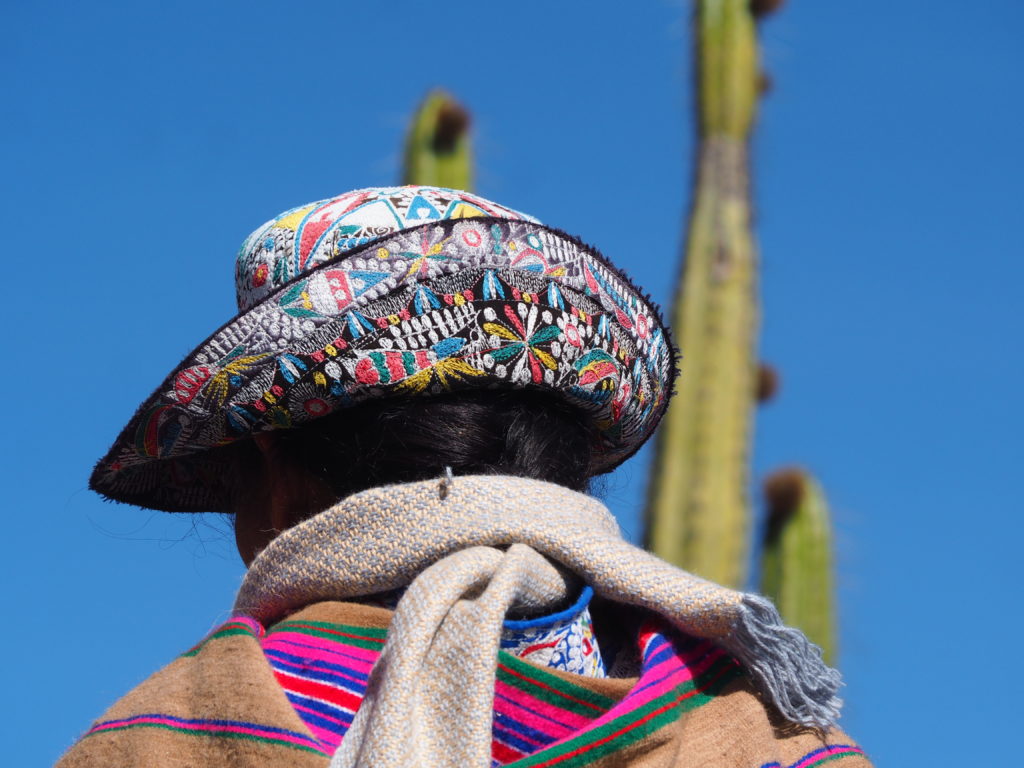
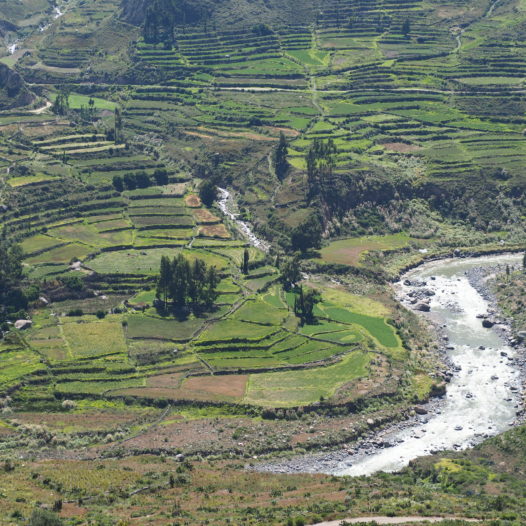
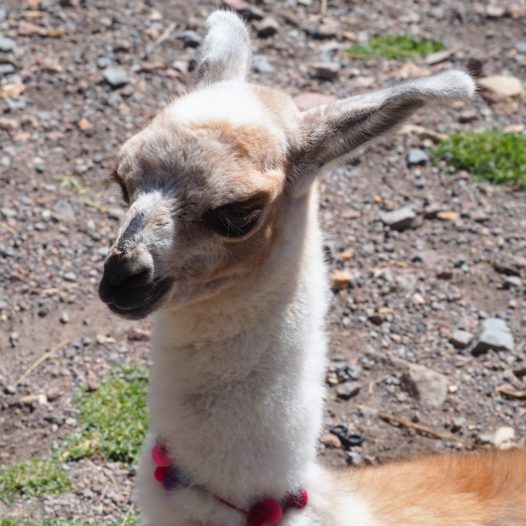
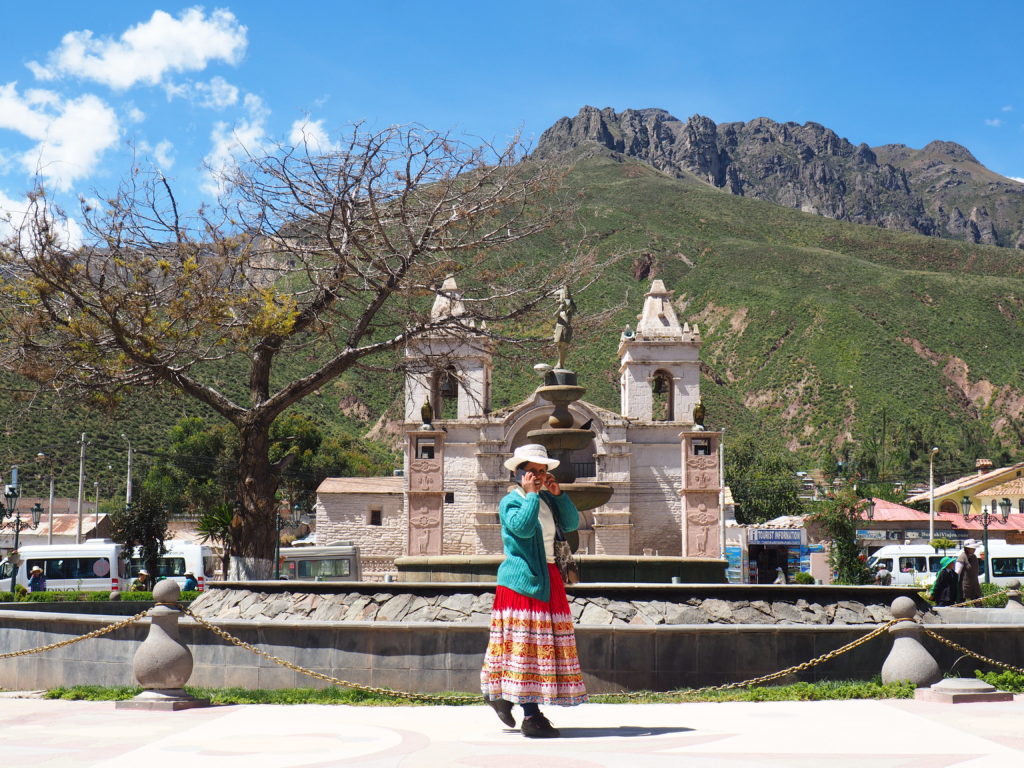
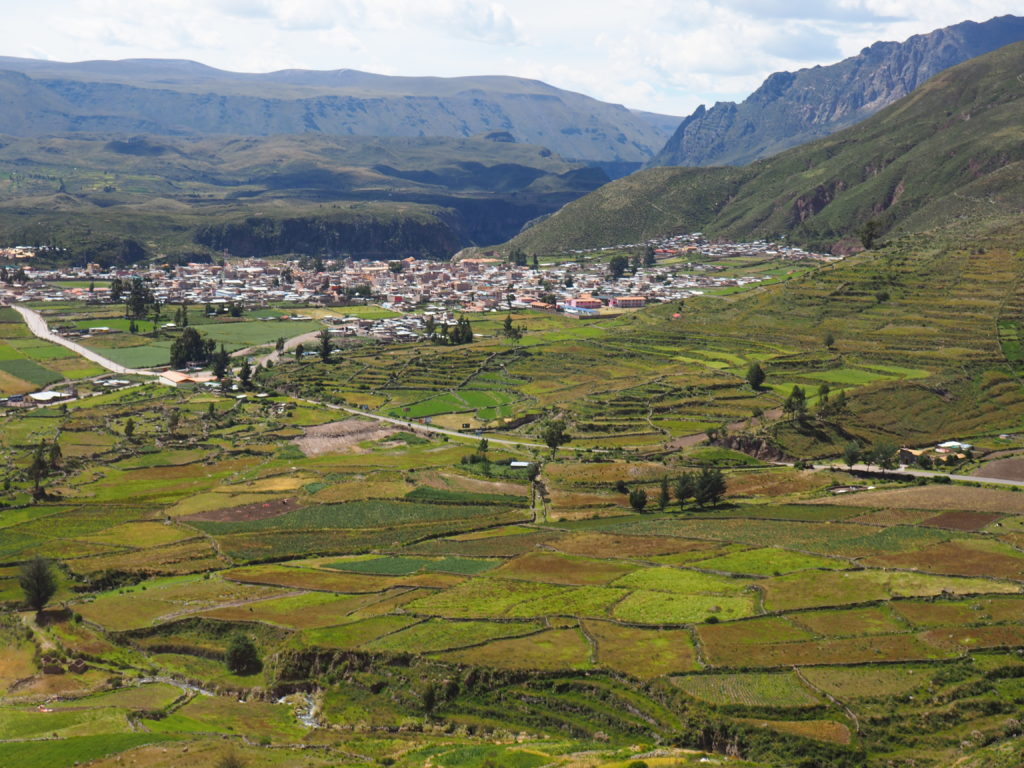
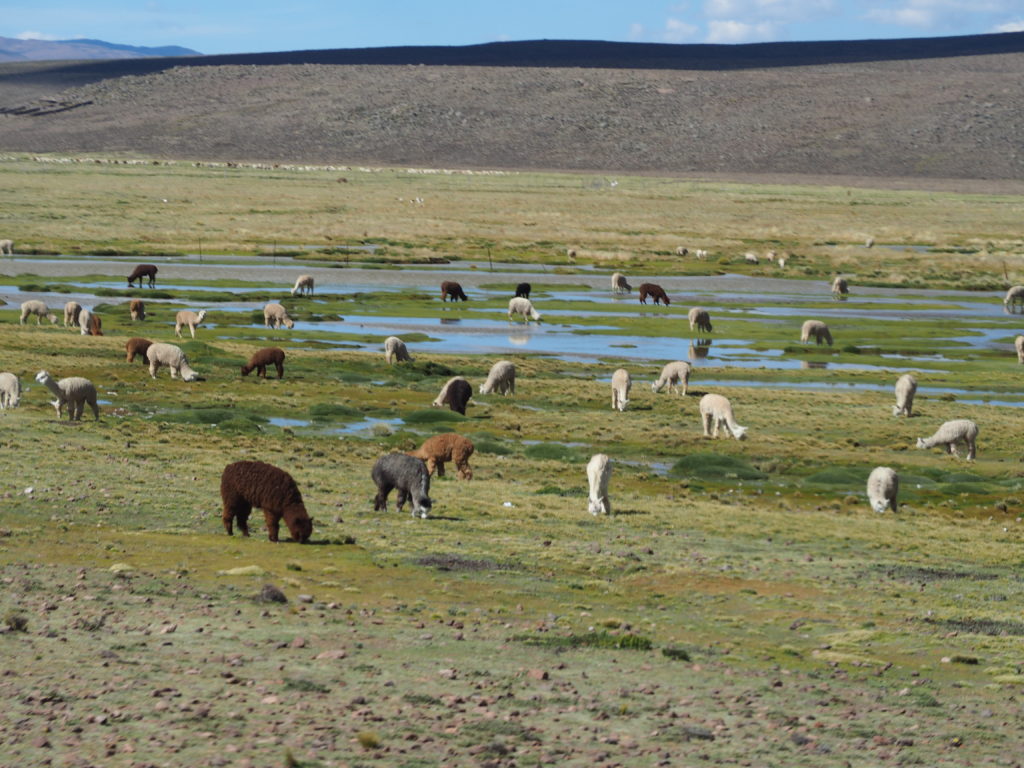
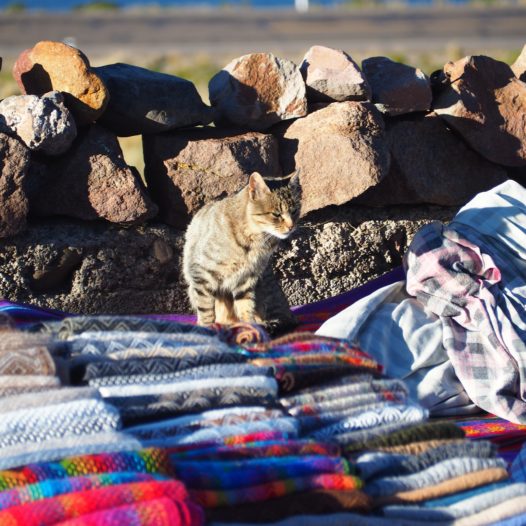
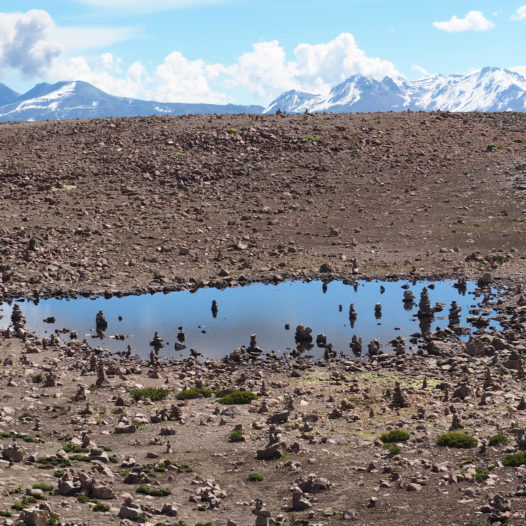
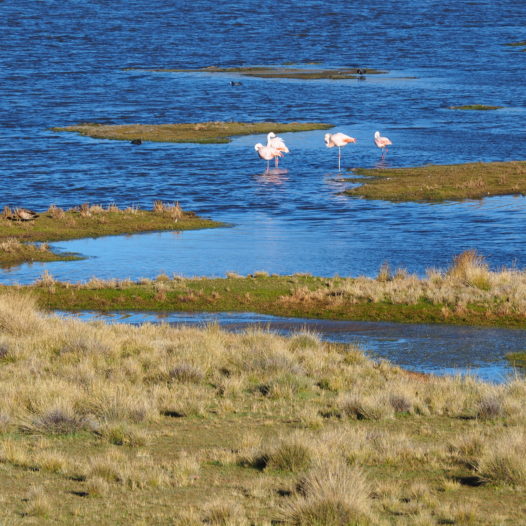
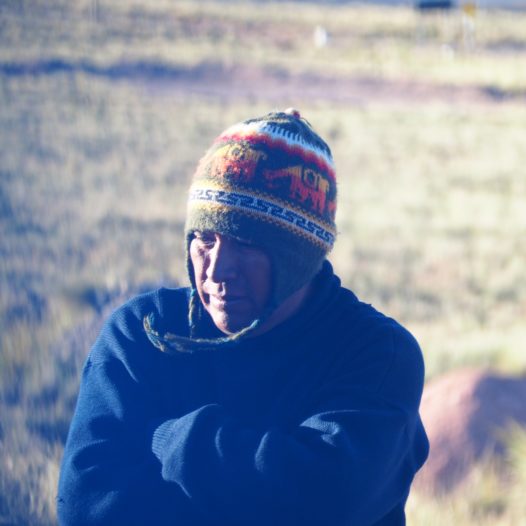
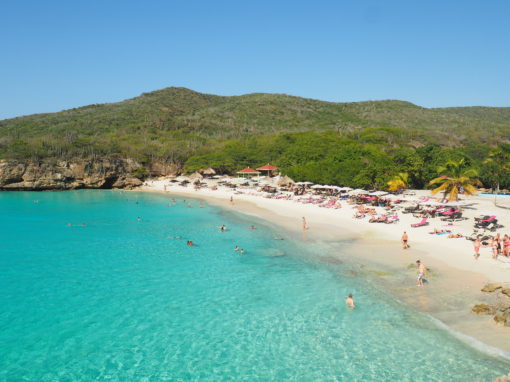
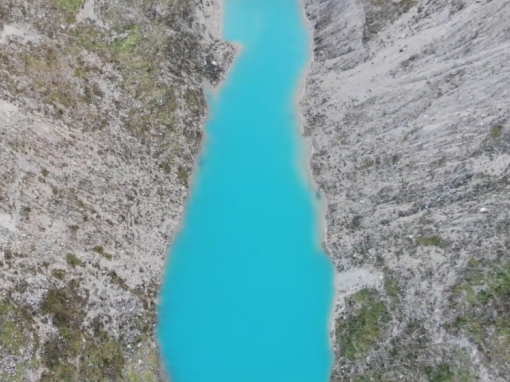
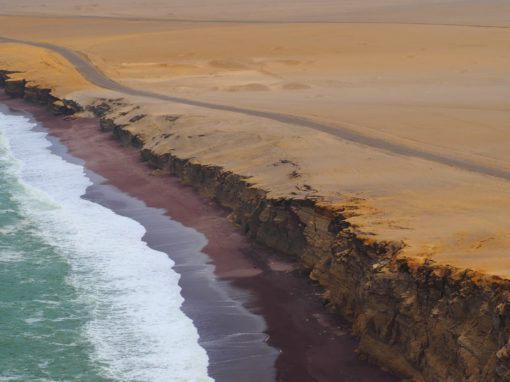

Whirlwind Travellers
March 11, 2019 at 12:03 pm
First of all your pictures are amazing, especially the one of the condors!
We did a quicker tour of the canyon, although we would’ve loved to stay longer (as with most places in Peru!). We bused from Arequipa to Cabanaconde, hiked down to Sangalle, stayed overnight, then made it back to Arequipa the next day. If you want to read more about our itinerary and experience, check out our post on our blog!
Kristel
March 12, 2019 at 4:13 am
Cute, thank you! Lovely to hear you had a nice time in the canyon as well! Sangalle is a nice and popular intro to the area indeed. I have to say, even our time was too short, wish to go back for a 5+day hike or something. Ah well, all in due time. Enjoy your travels Whirlwindies! Cheers, Kristel from TTT